The Case for Outsourcing in the Face of Economic Uncertainty
Published

While the U.S. is not quite in a recession yet, there can be little doubt that economic anxiety is high. Uncertainty not felt since 2008-2010 looms over critical decisions on capital and operating budgets for 2023 and beyond.
And yet, as they say, ‘the beat goes on.’
Unrelenting global trends continue to drive high levels of research and development in materials and nanotech devices – the “electrification of everything,” ever more powerful and functional AI, and breakthrough medical devices and biotech, just to name a few. Despite the economic headwinds, many materials science innovators are still attracting investment capital. And the federal government has set the stage for increasing investment with significant legislation, including the CHIPS and Science Act and the Inflation Reduction Act.
Microscopy, spectroscopy, and other analytical techniques are the unseen heroes of all material science and nanotech device innovation. Instruments and analytical experts create and interpret the optical, chemical, physical, and electrical data that provides virtually all feedback in experimental cycles.
Companies engaged in developing new products in these areas can build internal metrology and characterization labs. Or they can send samples to outside labs for analysis. Most companies do both – purchasing some tools for in-house labs but choosing to lean on outside labs for selected techniques and / or for overflow volumes of samples. Some companies rarely outsource, while others outsource heavily.
When to outsource, and then how to do so, are each strategic choices that heavily influence the success or failure of a company’s R&D effort. The path taken will largely determine the nature and amount of analytical data the engineers have, and that they genuinely understand, when then go about their daily work of developing exciting new products and technologies. Are the R&D scientists and engineers making well-informed, timely recommendations and decisions? Or are they flying blind in the dark?
The Outsourcing Question has always been more complicated than it appears.
However, today’s constrained capital and operating budgets bring a renewed urgency to its thorough and proper evaluation. Companies don’t have the luxury of wasting time and money with poorly conceived strategies for metrology and characterization.
The traditional arguments for buying an instrument and setting it up in-house include:
- Speed and convenience – with a dedicated, proximate instrument in-house, engineers don’t need to get a quote, send a purchase order, or ship their samples. Large companies, interestingly, sometimes have the opposite situation – under-staffed or under-equipped central labs sometimes can be slower than sending the samples out!
- Depth of understanding – the better the analytical scientist understands the problem / material / device, the more effective they will be in creating great data. Having that capability in-house generally reduces barriers to open communication and consistent knowledge development.
- Concerns on IP exposure
The case for Outsourcing, on the other hand, is typically based on:
- Tool availability / flexibility – this could be a function of infrequent need, high capital cost, availability of expertise or lack of knowledge. Project requirements change. Funding support changes. Economic cycles happen. Laboratories worldwide are generally littered with analytical instruments that are no longer used, have fallen into disrepair, or are not adequately understood by current staff members. Why staff up and make fixed investments in areas that are non-core to the differentiated technology being developed?
- Depth of experience / expertise – analytical scientists working at 3rd party labs work all day, every day, seeing and solving related problems from many different industries. They get really good at understanding both the capabilities and the limitations of the analytical instruments.
Relative Cost can be deemed either an advantage or disadvantage of Outsourcing depending on various factors, including the cost of the instrument, utilization rates (how many times per day or week the instrument will be used), maintenance contracts, consumables, and facilities costs. The cost and availability of required experts may also be a key consideration.
Decision makers evaluating the Outsourcing Question often approach the analysis with assumptions and biases built on the traditional models and modes of interacting with Analysis Labs. They typically would get a quote from a lab like Covalent, look at turnaround time and cost in that quote, and then extrapolate to make the larger Return on Investment calculations.
This perfunctory approach is a poor way to conduct the evaluation.
Speed, cost, IP, and depth of understanding are all functions of the nature of the relationship crafted between the Lab and the Customer. A singular quote most surely reflects the Old Way – a project-by-project, job-shop approach to defining and executing analytical work.
There are better ways. Newer strategies.
Putting the Lab-Customer relationship at the center of the business model, and working to develop true long-term partnerships can open solutions to the traditional limitations of Outsourcing. Predictability, cost, speed, and depth of understanding – all without IP risks – this is all possible by leveraging modern and more flexible approaches to the Analysis Lab business.
We will be back soon with more detail on some of our ideas and innovations here. In the meantime, as 2023 budgets are debated and formulated, give us a call. Let’s talk.
